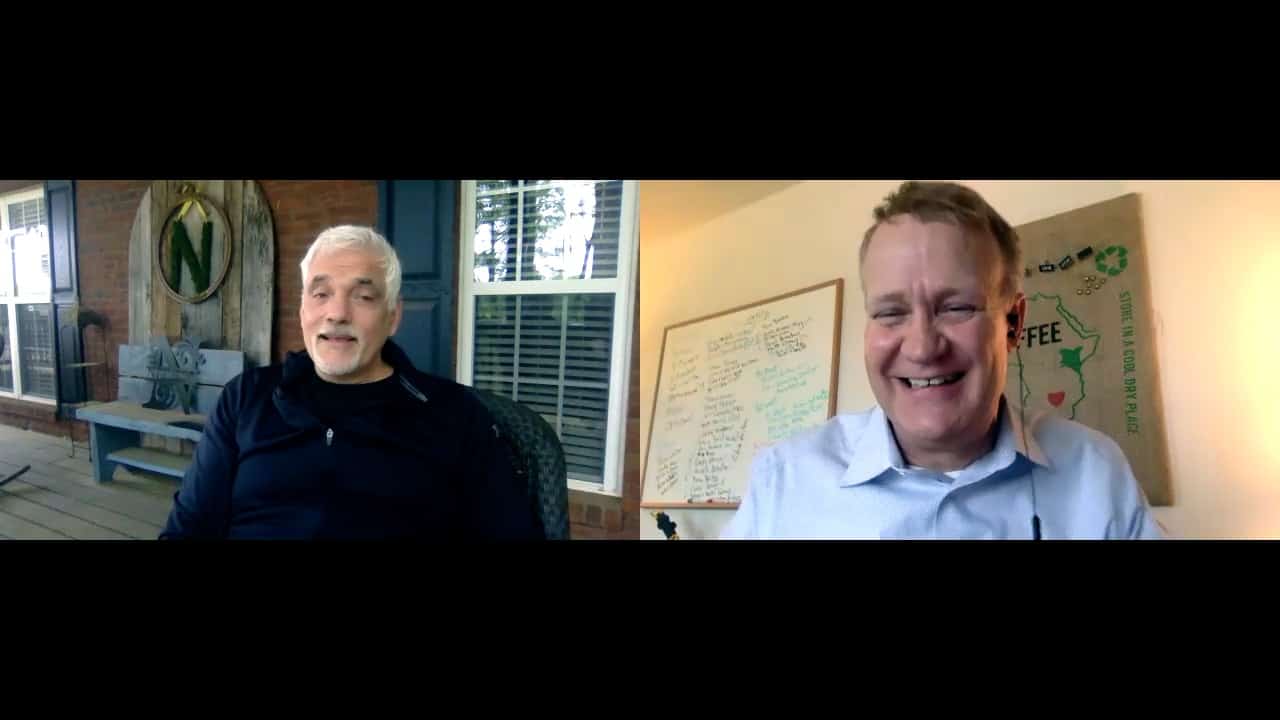Sound Wisdom on Production in Worship Services
 I recently asked my friend, Phil Jenkins of Internally Sound, to write an article that overviews the role and importance of production in a church worship gathering. I have had the privelege to work closely with Phil and his brother, Mark, at Scott Dawson’s conferences and events for several years now. They are incredibly professional and efficient and highly knowledgeable and capable. Their production company, Internally Sound, provides sound, lights and video production for many well-known and leading ministries and events across the country, including Focus on the Family. Phil has run sound and overseen production at his home church, First Baptist Church of Milan, TN, for years. The following article is full of invaluable insights gleaned from much experience and know-how. Enjoy! – Dwayne
I recently asked my friend, Phil Jenkins of Internally Sound, to write an article that overviews the role and importance of production in a church worship gathering. I have had the privelege to work closely with Phil and his brother, Mark, at Scott Dawson’s conferences and events for several years now. They are incredibly professional and efficient and highly knowledgeable and capable. Their production company, Internally Sound, provides sound, lights and video production for many well-known and leading ministries and events across the country, including Focus on the Family. Phil has run sound and overseen production at his home church, First Baptist Church of Milan, TN, for years. The following article is full of invaluable insights gleaned from much experience and know-how. Enjoy! – Dwayne
Guest Post by Phil Jenkins
Communication is the key ingredient to making the technical aspects of a church service run smoothly. The ministerial staff and the technical staff must have a good relationship and must know how to communicate well.
It is essential that the music minister have the order of the service planned out well. He or she must keep in mind all the technical aspects of each section and especially their transitions. This order of service must be developed throughout the week and not five minutes before the service begins.
It is most helpful for the technical staff to have a separate order of service. This order should provide the sound, lighting, video, and/or powerpoint technicians with information they need to allow the service to run smoothly. If the church is especially large with more demands on the different sections of the technical team, the music minister might feel the need to make separate orders of service for the sound, lighting, video, and powerpoint technicians.
The powerpoint technician must know what songs will be sung and in what order. The music minister should provide notes on each song, including which verse(s) of a song will be sung. The powerpoint technician must be familiar with the powerpoint program being used and the songs being sung. This way if sudden, unexpected changes occur, he or she will not panic but make the changes quickly and smoothly.
Some lighting systems have the ability to light different sections of the stage at different intensity levels. The lighting engineer should be familiar with the lighting console and make smooth, non-drastic changes to direct the focus of the congregation to specific areas of the stage. The music minister should provide details to the lighting engineer of when the choir will sing and when and where the soloist(s) will sing and stand. The lighting engineer must know ahead of time of a specific section he or she must light that is not normally lit. For example, a children/youth choir that does not stand in the choir loft. The lighting engineer should know if and when the house lights are to be dimmed (ex: during a video). It is important that changes to the house lights are not drastic and are smooth.
Many aspects go into an advanced video system. Some churches have multiple cameras with switchers. The video director/switcher needs to know where soloists and speakers will stand. This allows the director tell the camera operators when and where to direct their shots for those special times.
Sometimes videos are played in the service. This task is fulfilled either by the video crew or the powerpoint technician. Whoever is in charge of performing this task needs to have the video long before the service starts to reassure no problems will arise. The technicians need to see the video on the screen(s) hear the video through the sound system. The video should be cued so that it starts one or two seconds after the operator pushes play so that no long, awkward pauses occur.
The sound technician probably demands the most information. He or she needs to know who will be singing or speaking at what time and on which microphone. He or she must know about vocal and instrumental solos. If CDs are used, he or she must know what track number(s) to play. The sound technician also must know if the CD is in split track (accompaniment on left channel and vocals on right channel).
It is most helpful to the sound engineer(s) when only one CD is used in the service. Blank CDs are becoming less and less expensive, and many computers have the ability to burn CDs easily. When burning CDs, one must make sure that the music begins no more than a second after the track starts, and each track should have at least one or two seconds of silence at the end. This allows the technicians to know that the song is over, and it gives them time to stop the track before the next one starts. If songs have multiple tracks per song for rehearsal purposes, obviously there should be no time between the tracks. If burning a CD from another CD, it should do this automatically.
The order or service for the technical staff should be specific and to the point. Sometimes it is best if each member of the technical staff has the order of service e-mailed to them before Sunday. This allows for fewer surprises. The music minister should allow time before the service to talk through the order. By this point, the technical staff should know of any questions that need to be asked.
A sound check should precede each service. All soloists need to sing in the mic they plan to use in the service. The soloist needs to sing with the track or instruments to get a more accurate sound check and to make sure the mics are working properly. This sound check also allows the soloist(s) to make sure they can hear themselves and the accompaniment in their monitor. If using a live band, each member needs to sound check to make sure they can hear the other instrumentalists and vocalist(s). Trying to make changes during the service can be distracting to the other worshippers.
Each person using a monitor needs to demand as little as possible from the sound technician. Instead of asking to hear more of something in the monitor, it is best to decide what he or she could stand to hear less of. Having an in ear monitor system for the instrumentalists is much easier for everyone. Some in ear systems allow each instrumentalist to control his or her own mix without having to ask the sound technician to make alterations. This type of system is convenient and easy. Using in ear buds or head phones is also very beneficial. This allows for less volume in the room and therefore less potential for feedback.
The sound engineer must check all batteries in each wireless mic. Do not use a battery that you are not positive will last throughout the entire service. Some churches have services on Sunday nights or Wednesday nights that are more laid back and less crucial than Sunday morning services. These are the times batteries without full voltage can be used; although, do not use batteries that are likely to die before the service ends.
The best technical team is not noticed during the service. When everything goes smoothly, no one notices the technical aspects of the service. Everyone knows when something goes wrong.
Sound, lighting, video, and powerpoint are not just jobs to be done on Sundays and Wednesday nights. It’s a ministry. Oftentimes people only look at the pastors on staff at a church as the ministers, but everyone that has a part in the service is a minister. The music minister, pastor, youth minister, etc. should respect each technical position as just as important as their own. The technical positions are not to be taken lightly. God calls us to bring forth our best; therefore, we must give Him our all in every task we are to fulfill in the church. Communication, good attitudes, and respect are the most important elements in making the service not just a service, but a worship experience for everyone.
- Phil and Mark offer both training and consultation to churches who want to improve their ministry of production and/or upgrade their sound systems. To contact them, call 731.420.7000 or email phil@internallysound.com.




Leave a Reply
You must be logged in to post a comment.